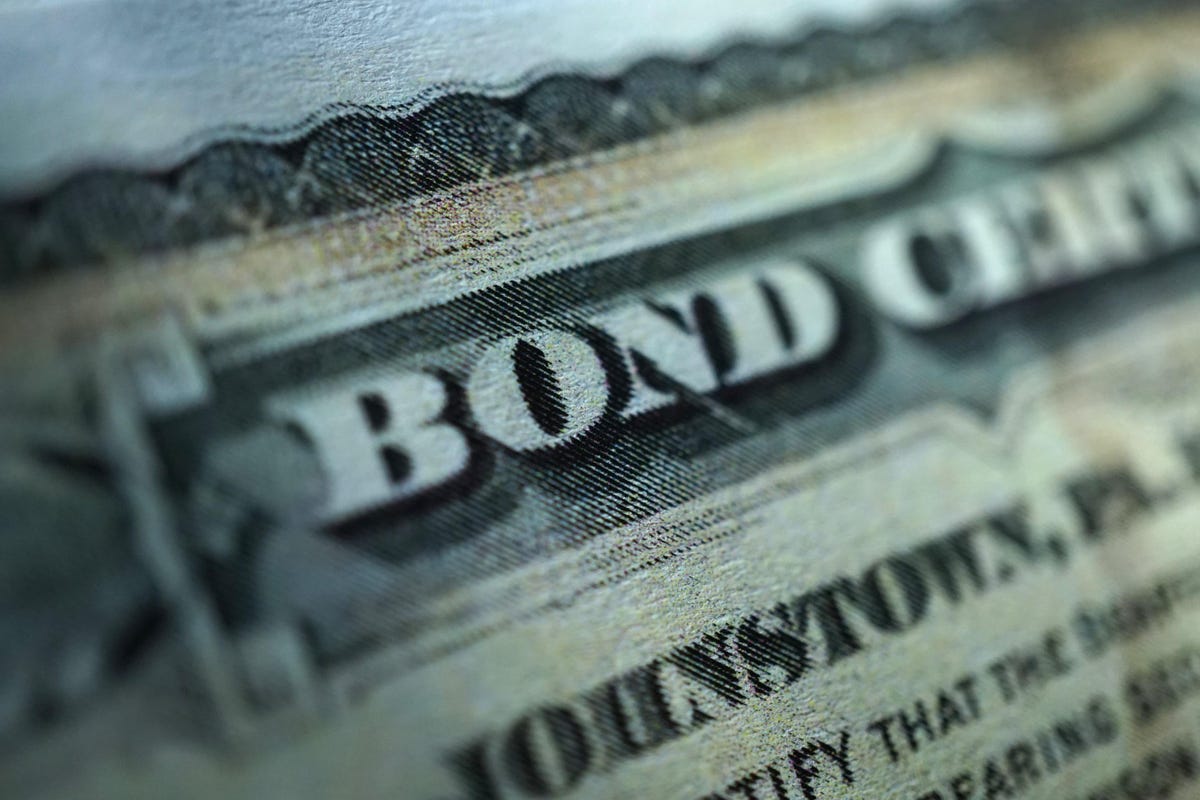
The yield on the US 10-year Treasury note was around one-week highs of 4.46% as traders gear up for a significant week ahead. The Fed is likely to keep the fed funds target range at 5.25%-5.5% on Wednesday, with market focus on hints of a rate cut timing and the number of reductions anticipated for this year, as well as new economic projections. The odds for an ease this year decreased slightly after a stronger-than-expected jobs report. The probability of a cut in September is at 49%, in November at 63%, and in December at 87%. Meanwhile, the annual inflation rate also due this week is expected to remain at 3.4%, while the core rate may decrease slightly to 3.5%, a fresh 3-year low.
The UK 10-year Gilt yield fell below 4.3%, as the global bond yield rally paused, and as traders digest fresh labour data. Wage growth remained elevated in in the three months through April but the unemployment rate unexpectedly rose to 4.4%, the highest since September 2021 and the number of vacancies was still falling. Figures reinforced bets the central bank could start lowering interest rates this year and maybe by the end of the summer. This week, other important economic indicators to look out for include monthly GDP, industrial production, construction output, and trade balance. Additionally, uncertainties regarding the general election in early July add to the economic unpredictability.
Japan’s 10-year government bond yield jumped back above 1% after revised data showed that Japan’s economy contracted at an annualized rate of 1.8% in the first quarter, softer than the 2% contraction in the preliminary report and the 1.9% contraction expected by analysts. The country’s current account surplus also exceeded forecasts in April. Meanwhile, investors look forward to the Bank of Japan’s policy decision on Friday, with a focus on whether the central bank will reduce its monthly bond purchases. BOJ Governor Kazuo Ueda reaffirmed last week that the central bank will gradually scale back its huge balance sheet, although the timing remains uncertain. Domestic yields also tracked a rise in US bond yields as strong US jobs data prompted traders to trim expectations for Federal Reserve rate cuts.
Australia’s 10-year government bond yield rose above 4.3%, hitting a one-week high and tracking a rise in US bond yields as strong US jobs data dampened expectations for Federal Reserve interest rate cuts. Domestically, data last week showed that Australia’s economy grew 0.1% in the first quarter, slowing from a 0.3% rise in the preceding quarter and missing market forecasts of 0.2%. However, investors heaved a sigh of relief as the domestic economy avoided an outright contraction. Still, markets see almost no chance that the Reserve Bank of Australia would ease policy this year. RBA Governor Michele Bullock said last week they won’t hesitate to act if inflation remains sticky, but noted that risks for rates and inflation are currently balanced. Bullock also acknowledged that the labour market is easing on a number of measures and that the latest GDP data was quite low.
The German 10-year bund yield steadied around 2.66%, after touching 2.68% at some point on Monday, when political uncertainty sparked a bond sell-off. Results from the European Parliament elections showed a far-right advance, prompting the French President Macron to unexpectedly call a snap election. Investors have managed to overlook such concerns for now, turning their attention to the upcoming Fed monetary policy decision due Wednesday to assess the timing of the first interest rates cut. In Europe, the ECB delivered its first rate cut in many years last week, but adopted a cautious approach regarding further moves. President Lagarde stressed that the ECB is not committing to a specific rate trajectory and future actions will be based on incoming data.